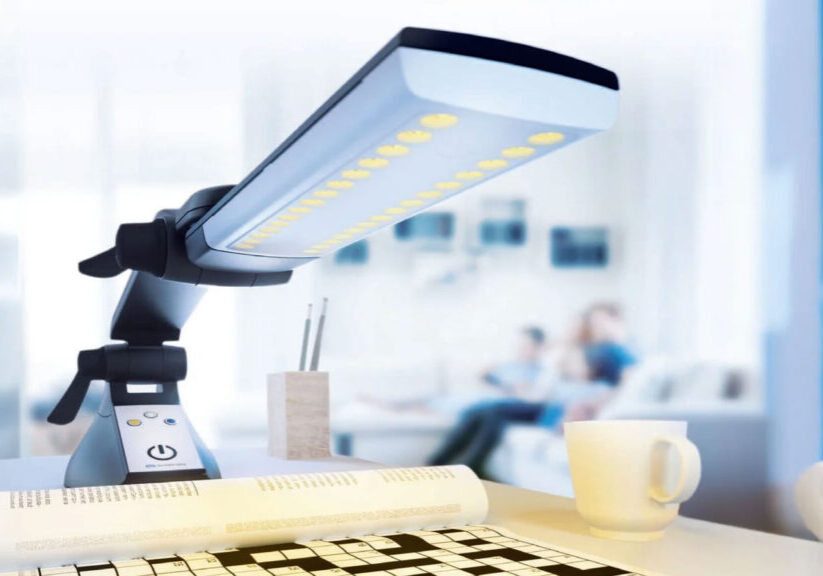BLOG
The Chadwick Vision Clinic blog is where we share our knowledge on everything from complex optical cases to practical tips for everyday eye health.
This blog is largely based on our Ask Chadwick YouTube series. In these videos, we answer questions from you or questions that we come across with regularity. Our goal is to provide you jargon-free explanations and advice that’s actually useful.
Filter through using the headings below to see articles related to different topics.
- All
- Aniseikonia
- Binocular Vision Disorders
- Distance Vision
- Epilepsy
- Lighting
- Low Vision
- Magnification
- Photophobia
- TBI & Concussions
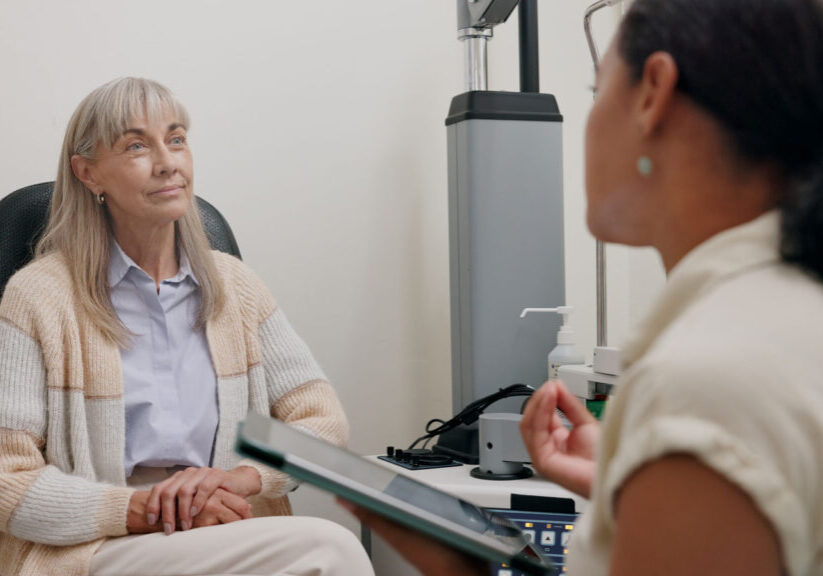
How Can I Start Seeking Help for My Binocular Vision Dysfunction?
Binocular vision dysfunction can be a complex problem. Learn about a two-phase approach that first addresses any underlying issues between your eyes before you begin vision therapy.
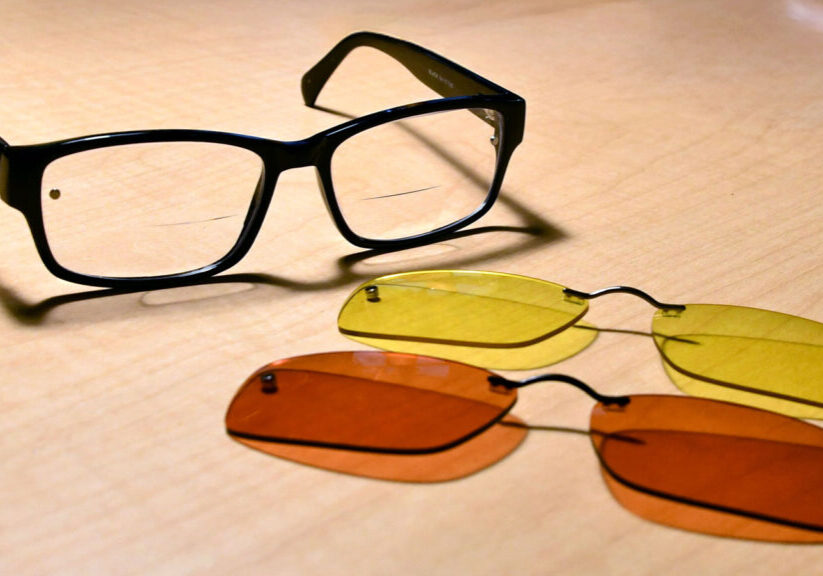
How Can Tinted Eyewear Help With TBI and Concussion Recovery?
Learn how tinted eyewear can be a practical solution for concussion and TBI recovery. Discover how tinted lenses filter visual input, helping your brain heal while you stay functional.
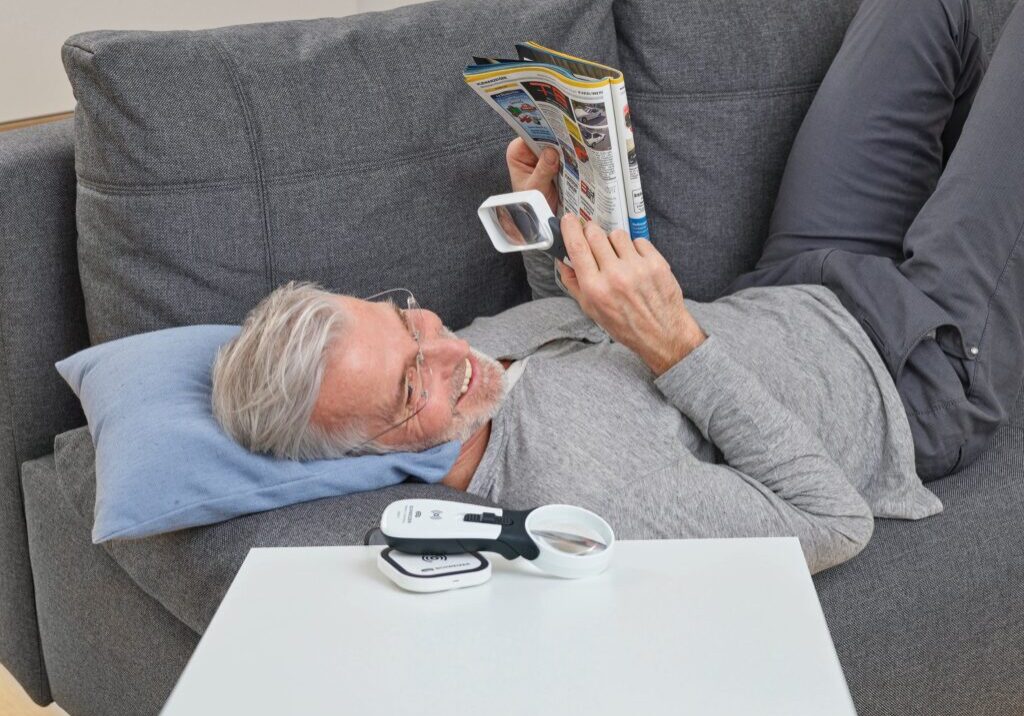
How Do I Use A Magnifier and What Is Focal Length?
Learn the right way to use a magnifier to make objects look bigger. We’ll cover focal length, field of view, and why choosing a high-quality, precisely calibrated lens is essential for true magnification.
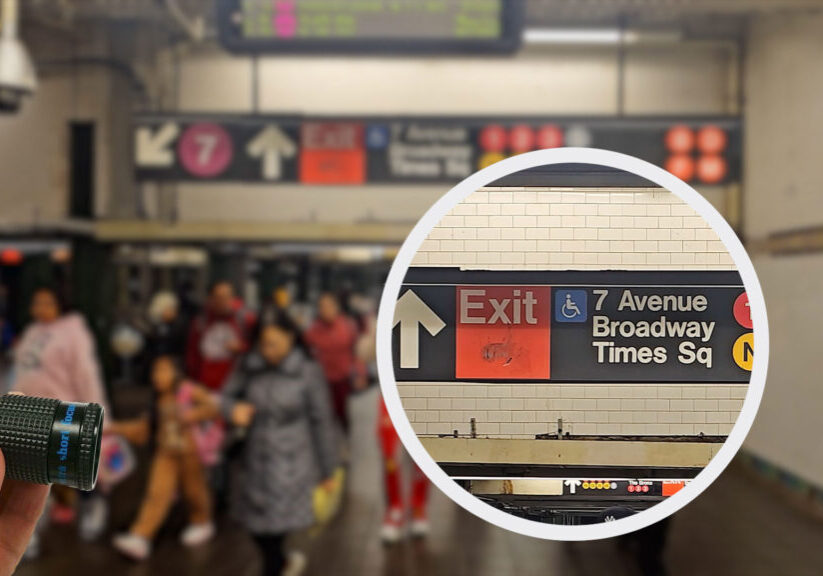
How Do I Use A Monocular Telescope?
Learn how to use a monocular telescope to improve your distance vision. We’ll show you how to focus it and explain the important trade-off between magnification power and field of view.

What Is Convergence Insufficiency and How Is It Treated?
Convergence insufficiency is a common visual problem in our digital world. Learn about its symptoms, from headaches to neck aches, and how prism lenses or vision therapy can help.
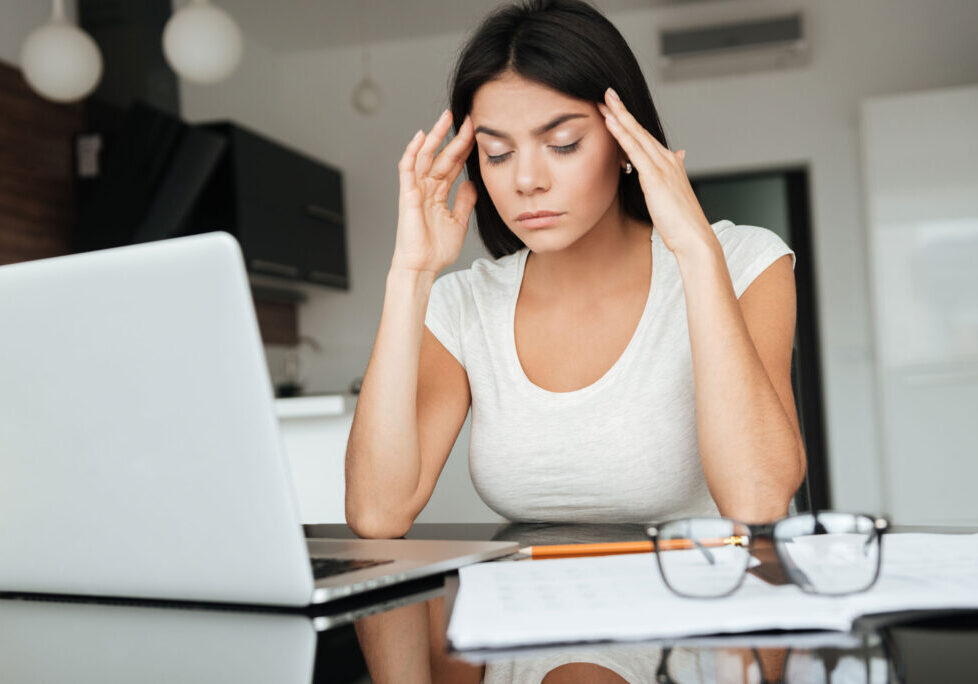
Why Does the Eyecare Industry Struggle With Low Vision?
In this post we explore why focusing on a patient’s functional needs and passions, rather than just their diagnosis, is the key to finding truly effective solutions.
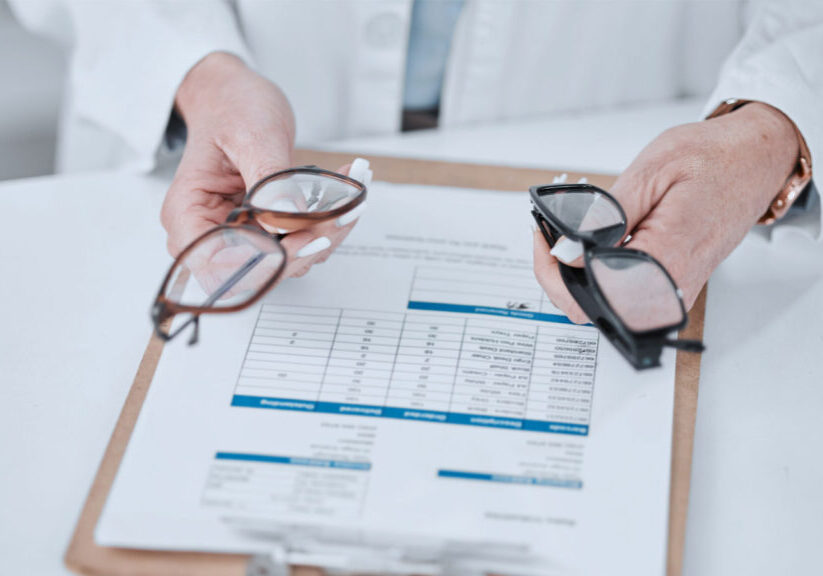
Do You Need a Prescription For High Powered Readers?
Learn why consulting a low vision specialist is highly recommended, even if you can purchase some devices without a prescription. Expert guidance can help you find the right solutions faster.

What Is Binocular Vision, and How Are Binocular Vision Disorders Corrected?
Binocular vision is how your brain turns two images into one. Learn about common disorders, how they affect you after a concussion or with computer use, and solutions like prism and the Shaw Lens.
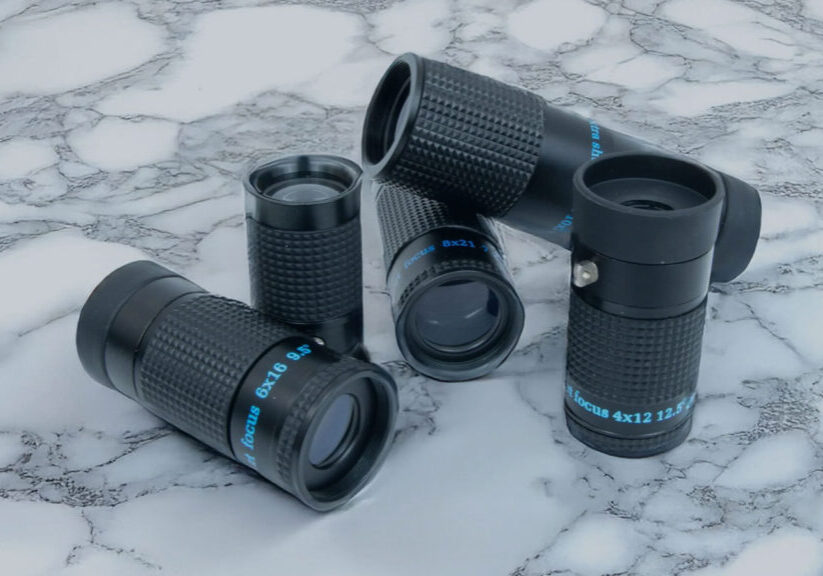
What Are Monocular Telescopes and How Do They Work?
Discover how monocular telescopes help low vision patients with “spotting” tasks like reading signs. Learn why choosing the right magnification is key to balancing clarity and a wide field of view.
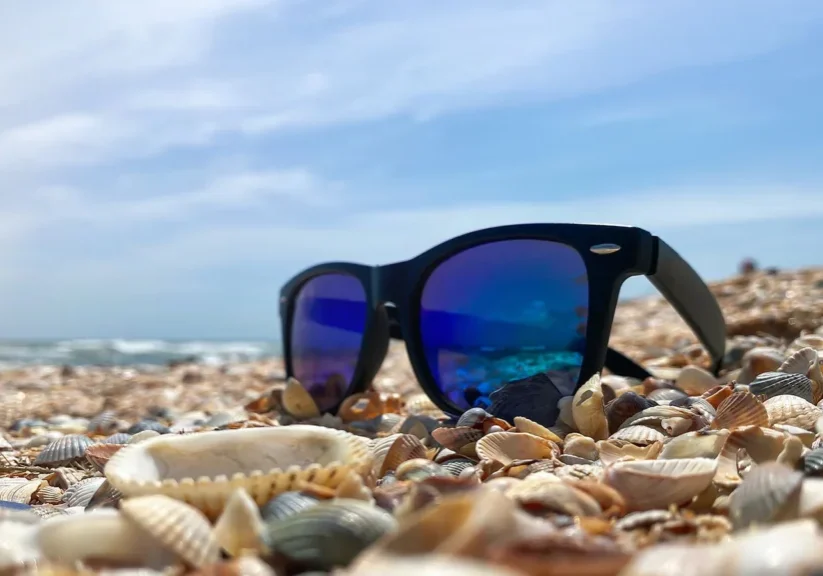
Epilepsy Glasses for Outdoor Seizure Prevention
Feeling trapped indoors by photosensitive epilepsy? Discover how Z Blue glasses can reduce light-triggered seizures outdoors. Learn about their benefits, research-backed results, and tips for safer outdoor experiences.

